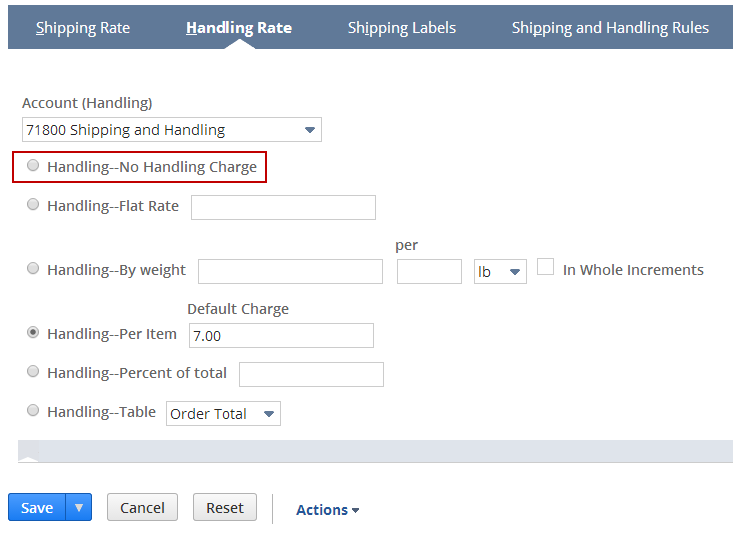A sales order transaction records a commitment to sell goods or services to a customer. Sales orders have no accounting impact until items are shipped or services are completed.
For details about this type of transaction, see Sales Orders.
The sales order record is defined in the tranSales (sales) XSD.
Supported Operations
The following operations can be used to modify sales order records:
add | addList | attach / detach | delete | deleteList | get | getDeleted | getList | getSavedSearch | getSelectValue | initialize / initializeList | search | update | updateList | upsert | upsertList
Note: You can also use the asynchronous equivalents of SOAP web services list operations. For information about asynchronous operations, see SOAP Web Services Asynchronous Operations. For more information about request processing, see Synchronous Versus Asynchronous Request Processing.
Field Definitions
The SOAP Schema Browser includes definitions for all body fields, sublist fields, search filters, and search joins available to this record. For details, see the SOAP Schema Browser’s sales order reference page.
Note: For information about using the SOAP Schema Browser, see SOAP Schema Browser.
Note: The balance field is only returned when using advanced search. It is not returned when using the <Record>SearchBasic search object. In advanced search, you must set the bodyFieldsOnly preference to false. The balance field is not returned if the bodyFieldsOnly preference is set to true. For more information, see bodyFieldsOnly.
Usage Notes
Working with Credit Card Data
When working with credit card data, be aware of the following security features:
- When adding a transaction that uses a credit card number, you cannot identify the credit card number using a masked value such as ************5151. You must enter the full 16-digit number, or you can identify an existing credit card record through a RecordRef. (You can identify the full number using the ccNumber field. You can reference an existing record using the creditCard field.)
- Searches do not work if they include the operator is or isNot in conjunction with the ccNumber field. The only search operators that can apply to this field are empty and notEmpty.
Initializing Sales Orders
You can initialize a sales order from an Estimate/Quote or an Opportunity.
The SOAP web services initialize operation emulates the UI workflow by prepopulating fields on transaction line items with values from a related record. For more information about this operation, see initialize / initializeList.
Setting Handling Cost
If you want to set a value for handlingCost, be aware of the following guidelines.
Only Certain Shipping Methods Allow Handling Cost To Be Set
In both the UI and in SOAP web services, the default behavior of the system is that you cannot specify a handling cost on a new sales order. To be able to enter a value for handling cost, you must choose a shipping method that enables the handling cost field.
You can identify an appropriate shipping method by reviewing the details for the corresponding shipping item. Choose Lists > Accounting > Shipping Items, then select the shipping item you want to review (each shipping item corresponds with a shipping method). In the item record, review the details on the Handling Rate subtab. If the Handling – No Handling Charge is not selected, then choosing this shipping item lets you set a handlingCost value.
 During an add operation, you must set the shipMethod value in the same SOAP request where you set the handlingCost value. If you fail to set any value for shipMethod, or if you choose a value that does not enable the handling cost field, the system generates an error reading in part “You do not have permissions to set a value for element handlingcost.”
During an add operation, you must set the shipMethod value in the same SOAP request where you set the handlingCost value. If you fail to set any value for shipMethod, or if you choose a value that does not enable the handling cost field, the system generates an error reading in part “You do not have permissions to set a value for element handlingcost.”